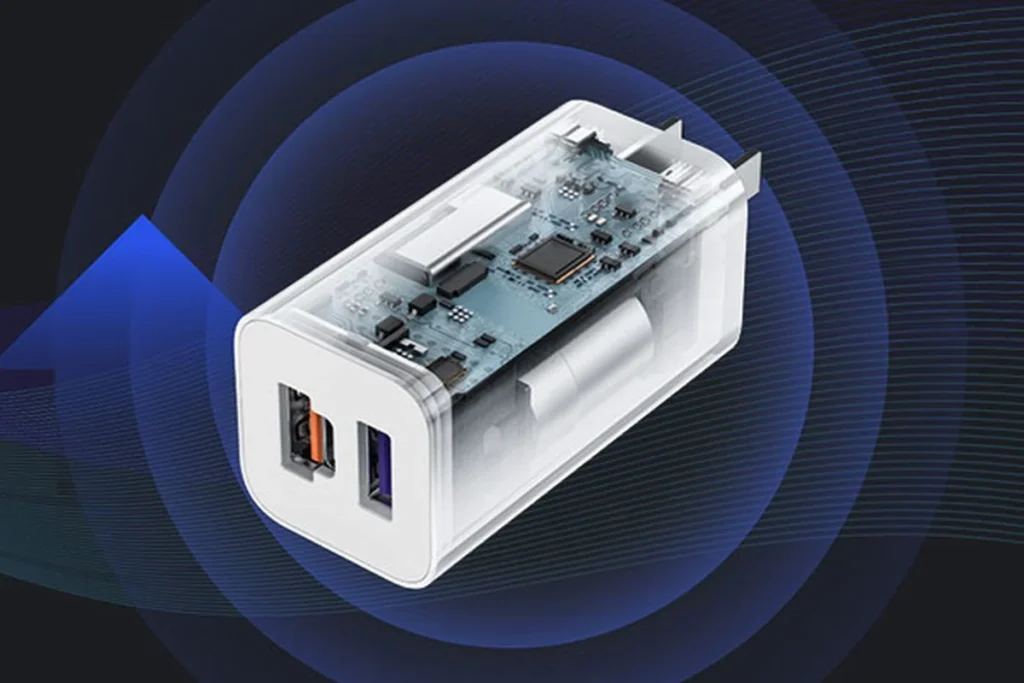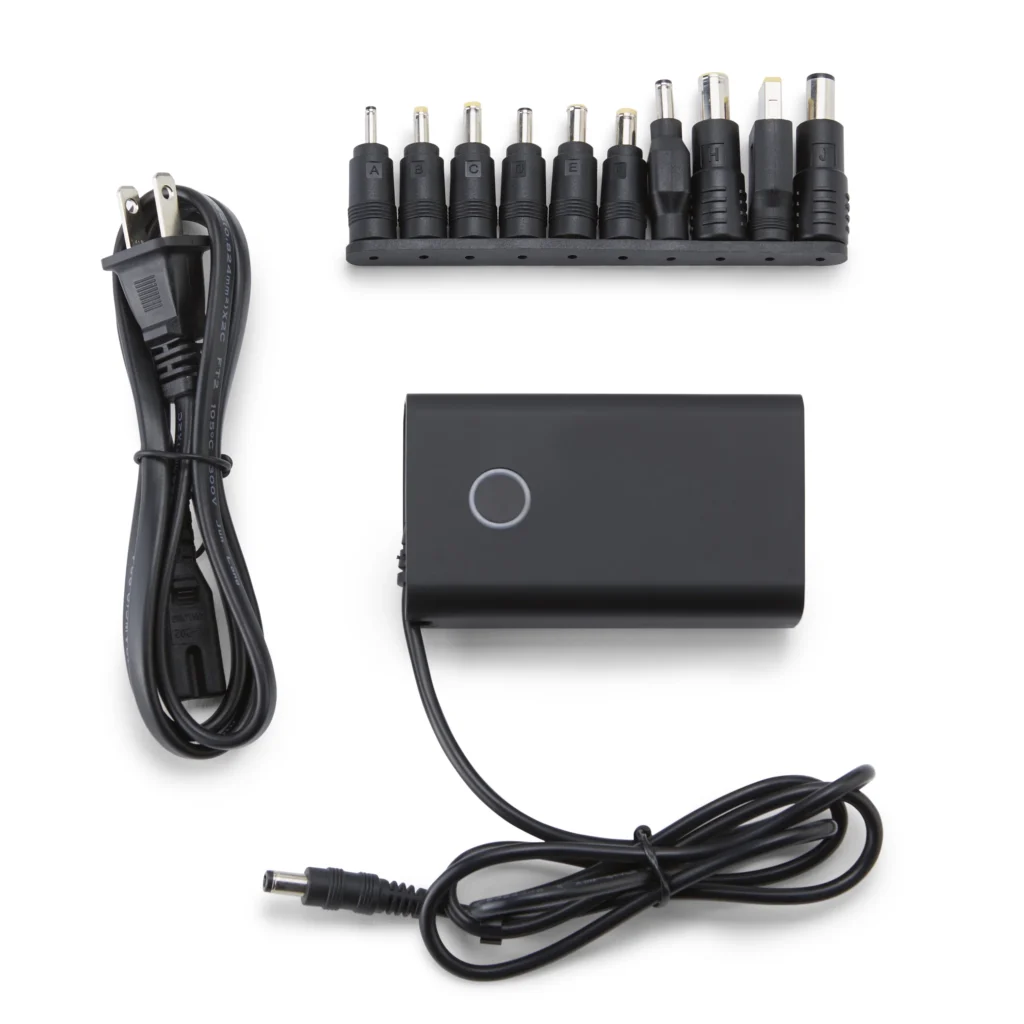I. Charger
Charger
A device that converts alternating current (AC) into low-voltage direct current (DC). A charger is a specialized DC power source designed for rechargeable batteries, incorporating control circuits such as current limiting and voltage limiting to meet specific charging requirements.
Chargers are widely used across various fields, particularly in daily life for common appliances like electric vehicles and flashlights. It generally charges batteries directly without any intermediary devices or equipment.

The process of charging
The charger process follows a three-stage intelligent charging sequence: constant current → constant voltage → trickle charging. This three-stage charging theory significantly improves battery charging efficiency, shortens charging time, and effectively extends battery life. The three-stage charging employs constant current charging first, followed by constant voltage charging, and finally maintains the charge with float charging.
It is generally divided into three phases: rapid charging, top-up charging, and trickle charging:
1. Rapid Charging Phase
Charges the battery with a high current to quickly restore its energy capacity. The charging rate can exceed 1C. At this stage, the charging voltage is relatively low, but the charging current is limited within a specific range.
2. Top-off Charging Stage
Also known as slow charging relative to the rapid stage. When rapid charging ends, the battery remains incompletely charged, necessitating top-off charging. Top-off rates typically do not exceed 0.3C. Since battery voltage rises after rapid charging, the top-off voltage should also increase and remain constant within a defined range.
3. Trickle Charging Stage
During the latter part of the top-up charging stage, when the temperature rise exceeds the limit value or the charging current decreases to a certain level, charging continues with a smaller current until specific conditions are met, then charging ends.
II. Power Adapter
Power Adapter: Commonly known as an “Adapter” in English, the power adapters widely available on the market are power converters that transform voltage, rectify current, and regulate voltage. They output direct current (DC) and, when meeting power requirements, can be understood as low-voltage regulated power supplies.
Power adapters are extensively used with devices such as routers, cordless phones, game consoles, language learning machines, portable music players, laptops, and mobile phones. Most adapters automatically detect 100–240V AC (50/60Hz).

Power adapters serve as external power conversion devices for small portable electronics and appliances. By relocating the power supply to an external unit connected via cable, they reduce the size and weight of the main device. Only a small number of devices integrate the power supply internally.
Internally, they consist of a power transformer and rectifier circuitry. By output type, they are categorized as AC-output or DC-output; by connection method, they are classified as wall-plug or desktop types. Each power adapter bears a rating label indicating specifications such as power rating, input/output voltage, and current. Pay particular attention to the input voltage range.
